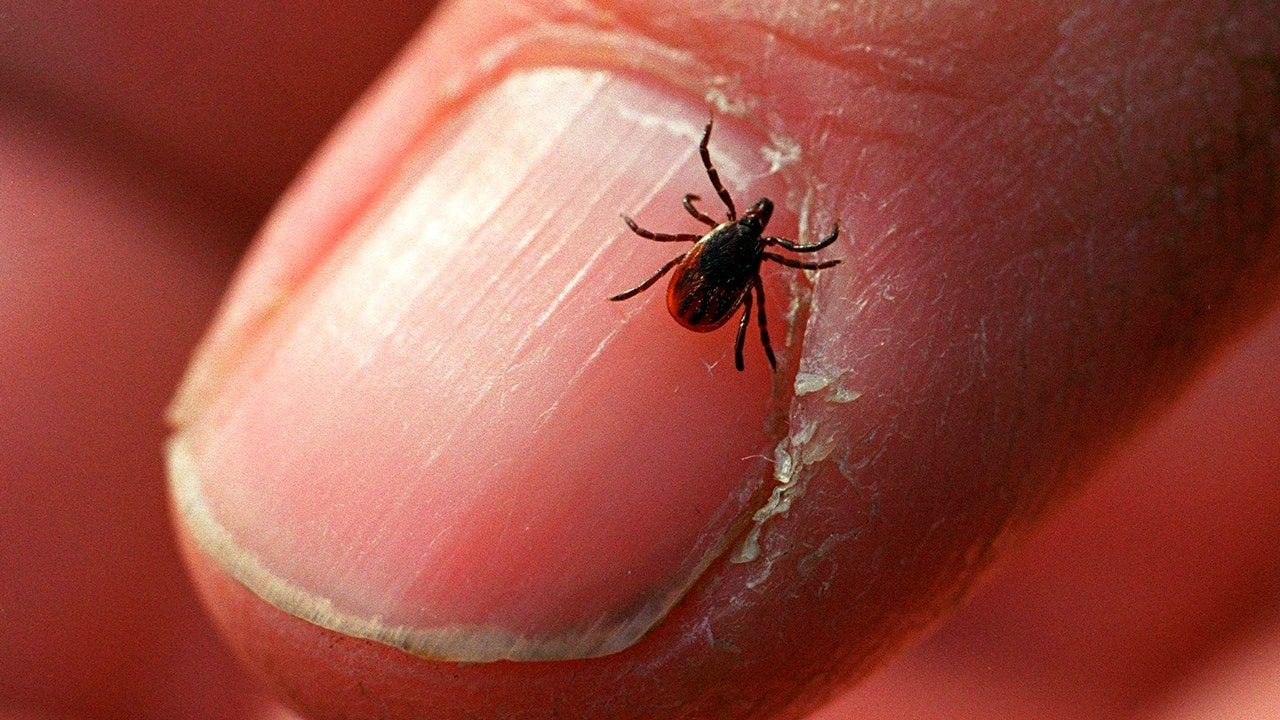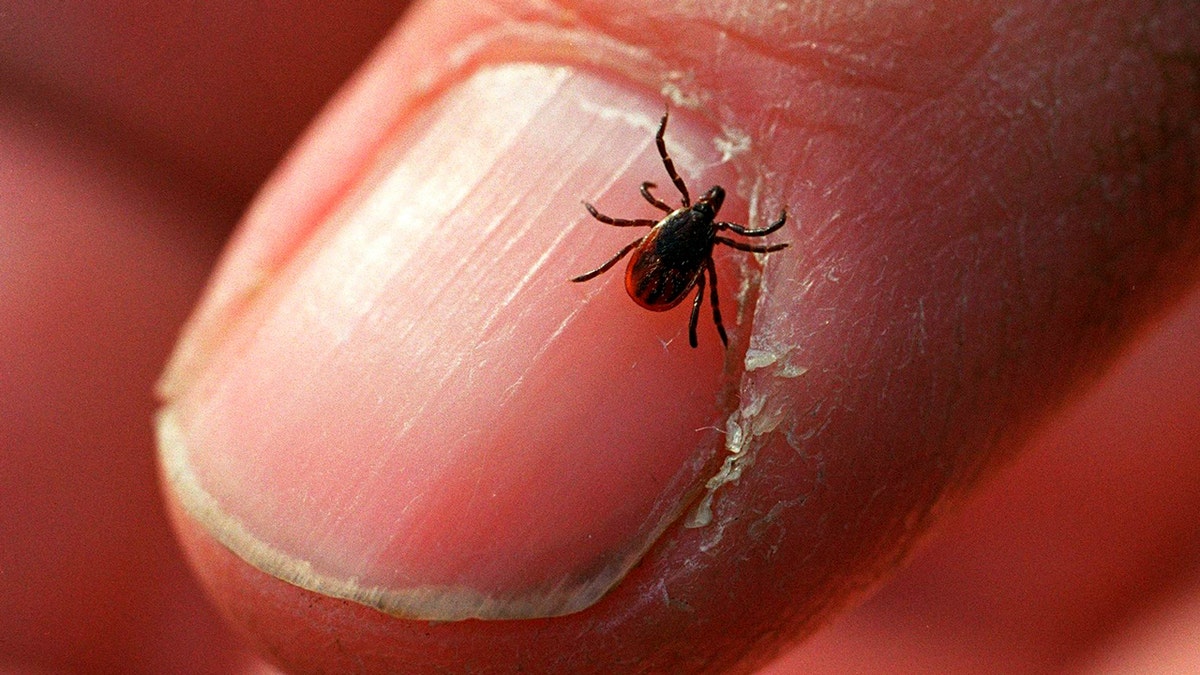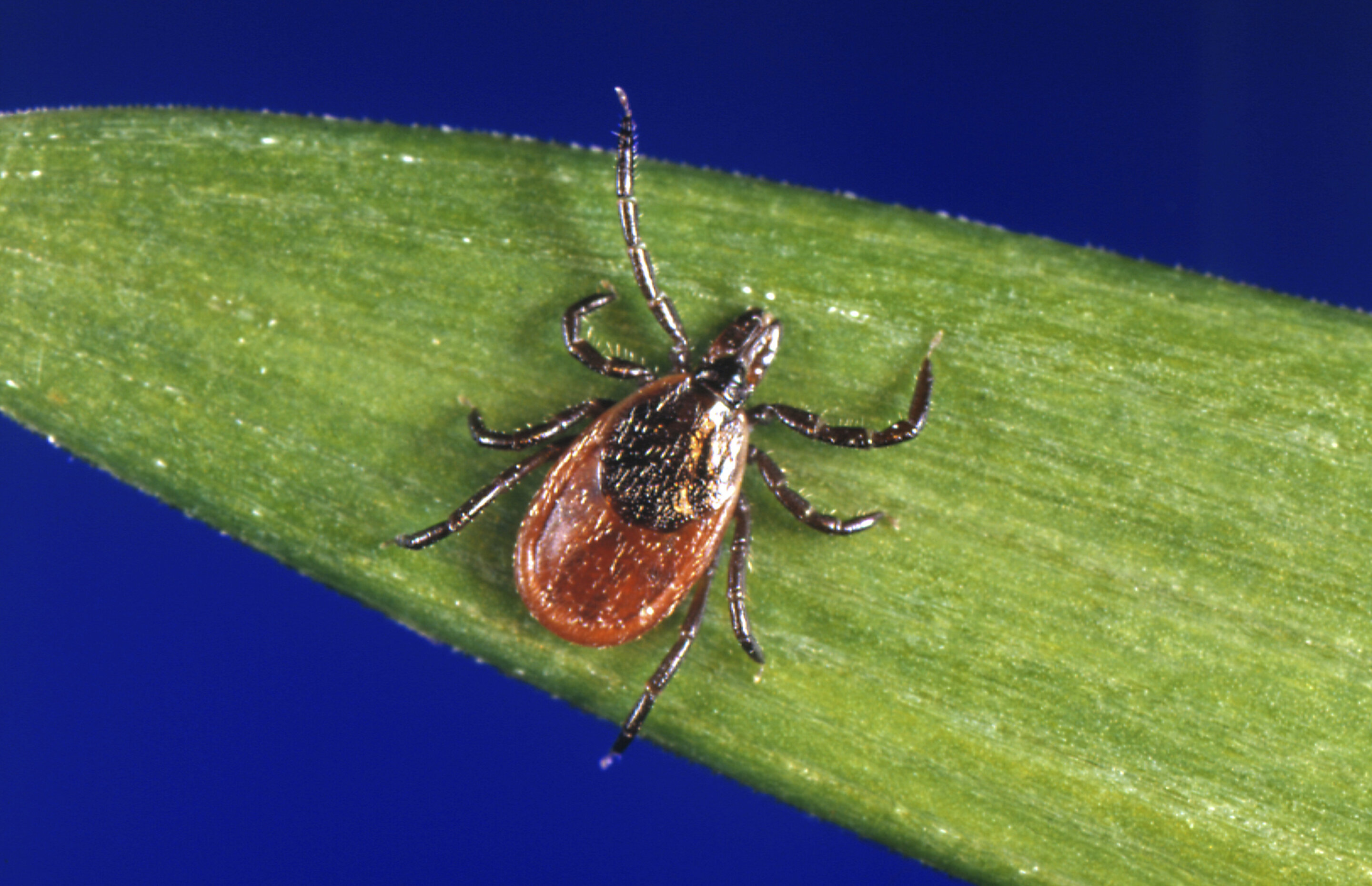
Tick season is in full swing across the United States, and experts are warning that the tick population may be as plentiful as ever. With warmer weather and favorable conditions, ticks are expanding their range and increasing in number. The common blacklegged tick, also known as the deer tick, is of particular concern due to its ability to spread Lyme disease.
Lyme disease is a bacterial infection that can cause fever, headache, fatigue, and a bull's-eye rash. Nearly half a million cases are reported annually in the US. The blacklegged tick population has been expanding for at least four decades and is found in large portions of the United States.
Mild winters and other favorable factors contribute to larger tick populations, while very cold, dry winters can reduce their numbers. Researchers estimate that 20-30% of blacklegged tick nymphs emerging this spring and summer will carry the bacteria that causes Lyme disease.
To avoid tick bites, it's recommended to avoid wooded areas and grassy properties near woodlands, walk in the middle of paths, wear light-colored and permethrin-treated clothing, and use EPA-registered insect repellents. When checking for ticks after coming indoors, common spots include around the waist, behind the knees, between fingers and toes, on underarms, in the belly button, and around the neck or hairline.
Experts advise removing ticks with tweezers as soon as possible to reduce the risk of infection. If you develop symptoms such as fever, headache, fatigue or a bull's-eye rash after a tick bite, see a doctor for antibiotic treatment.



